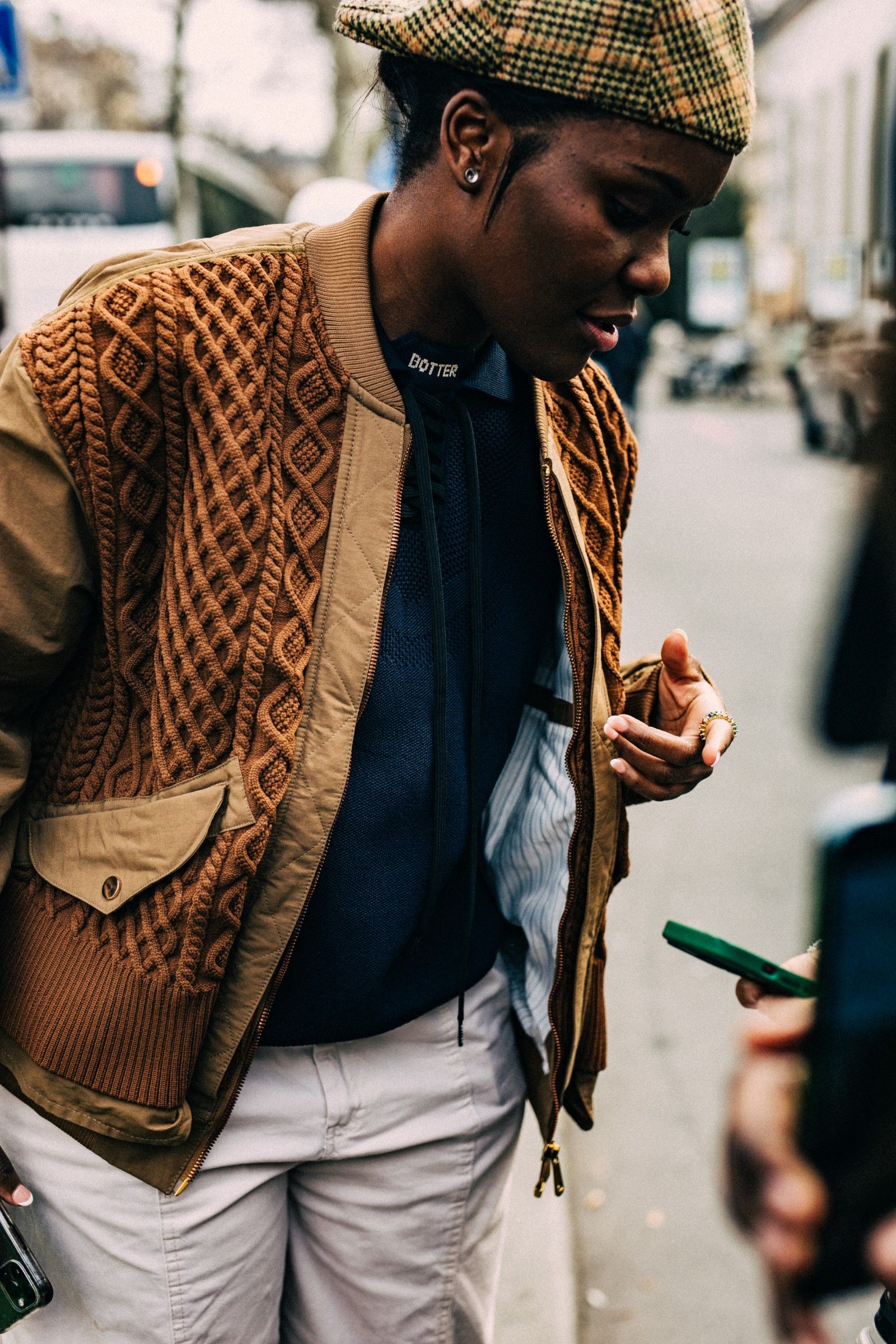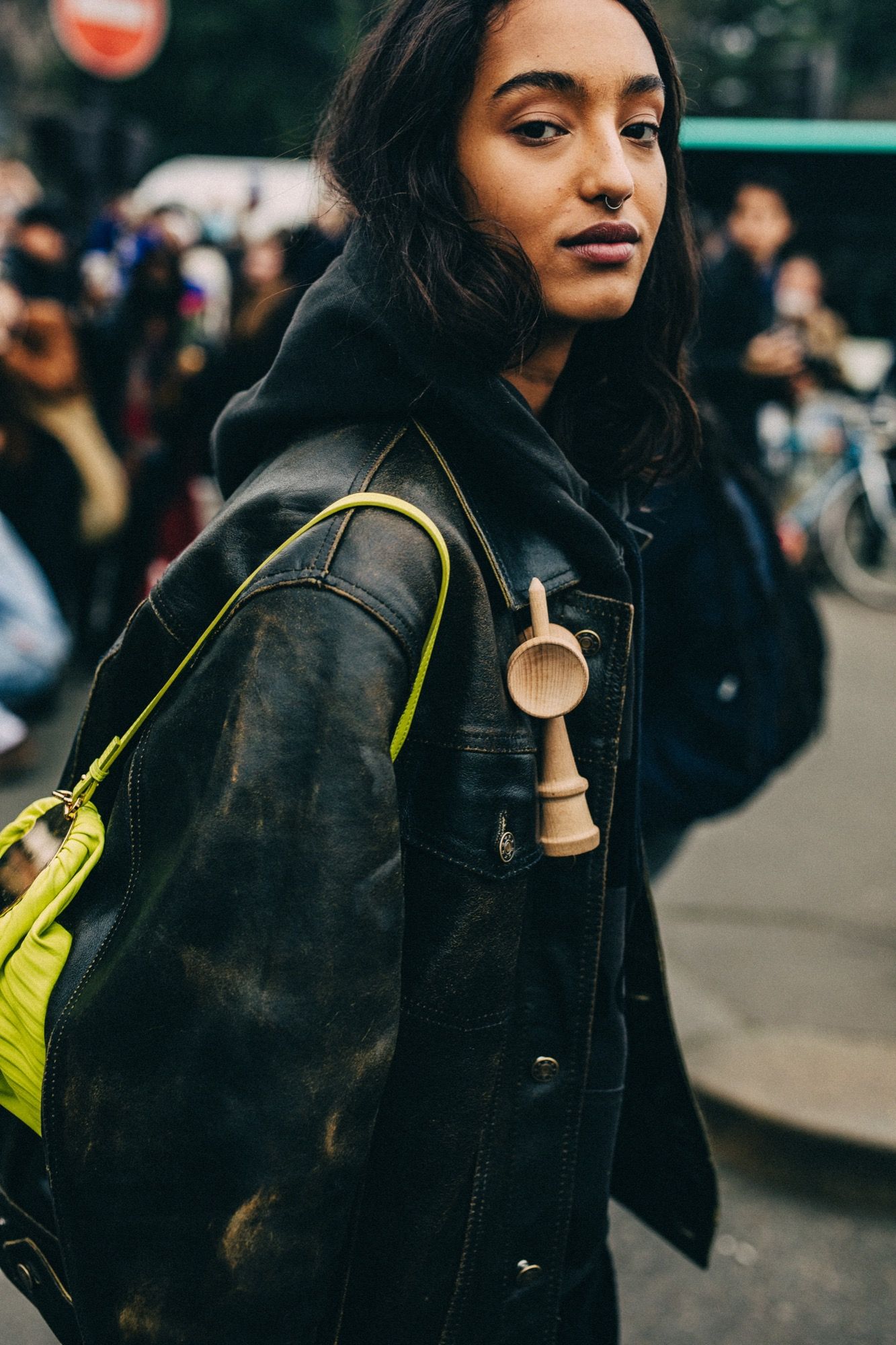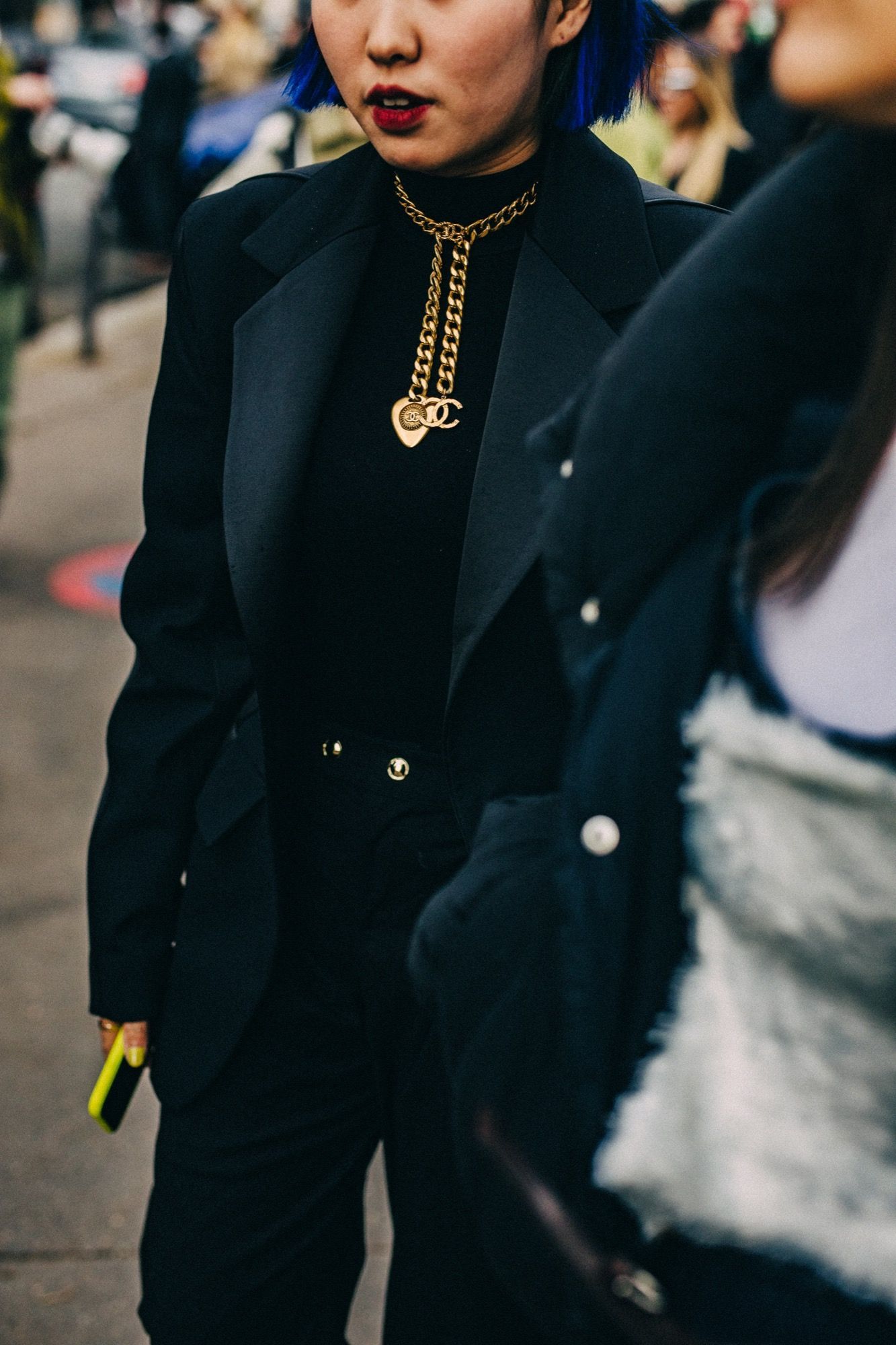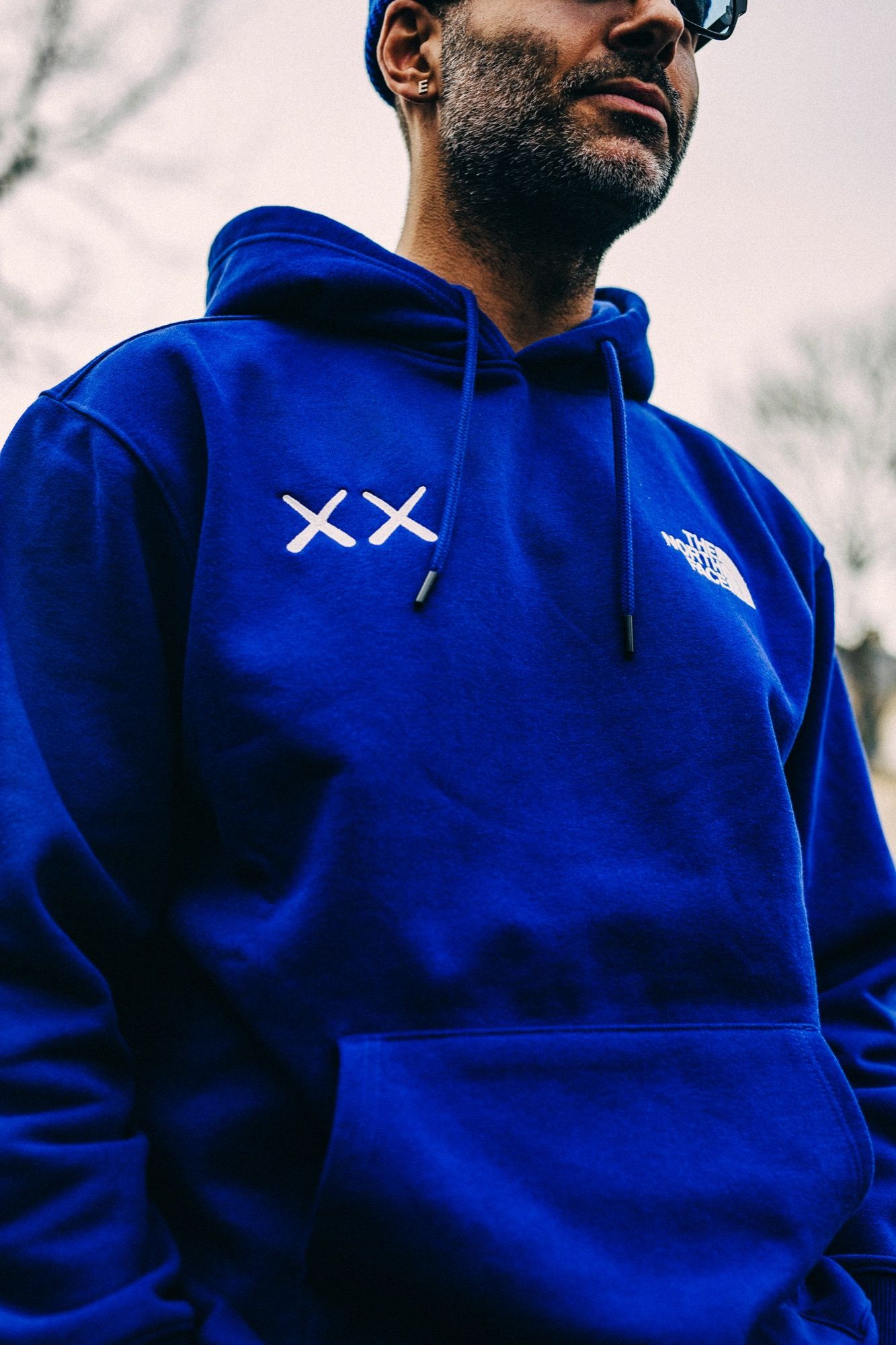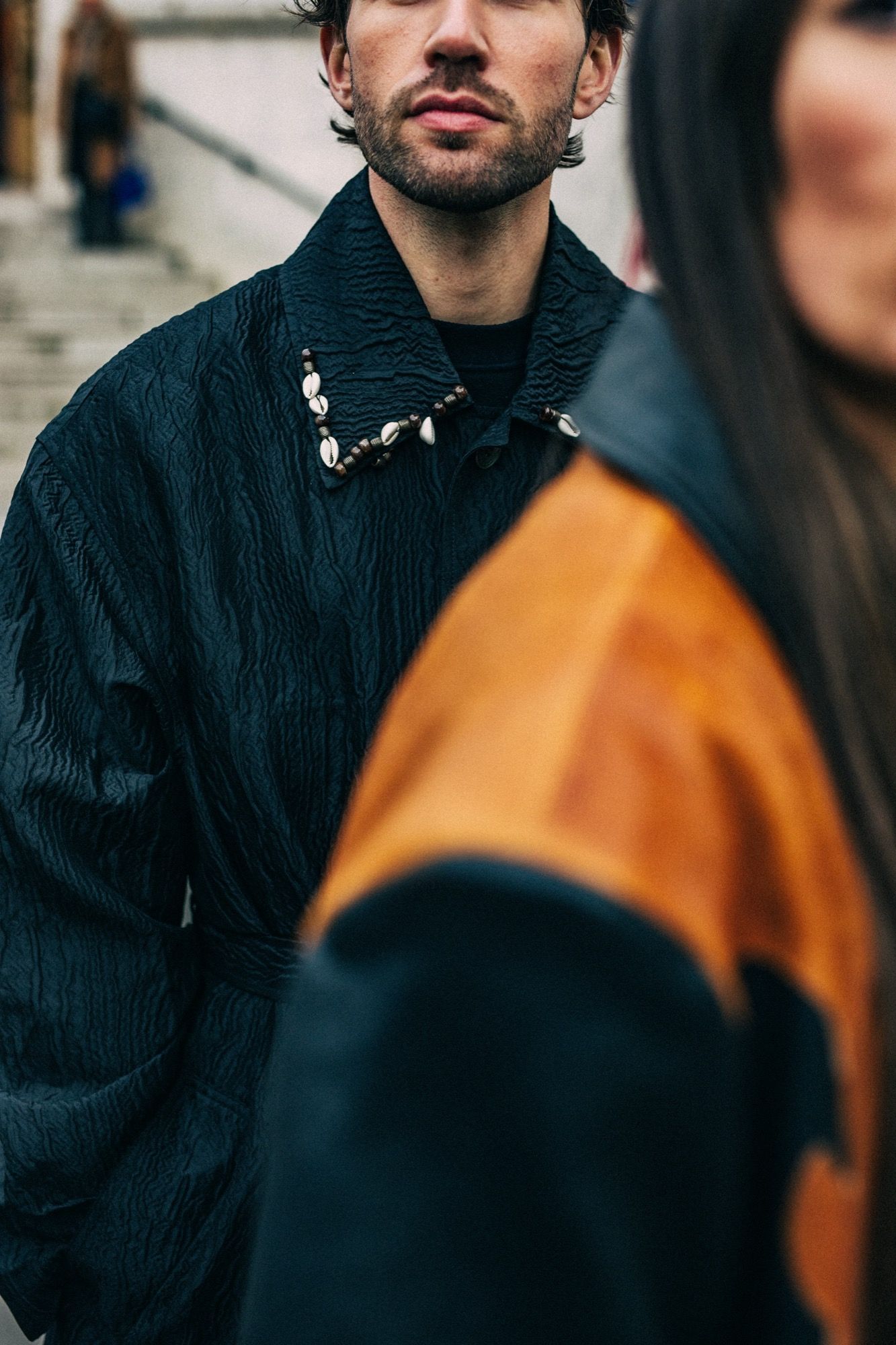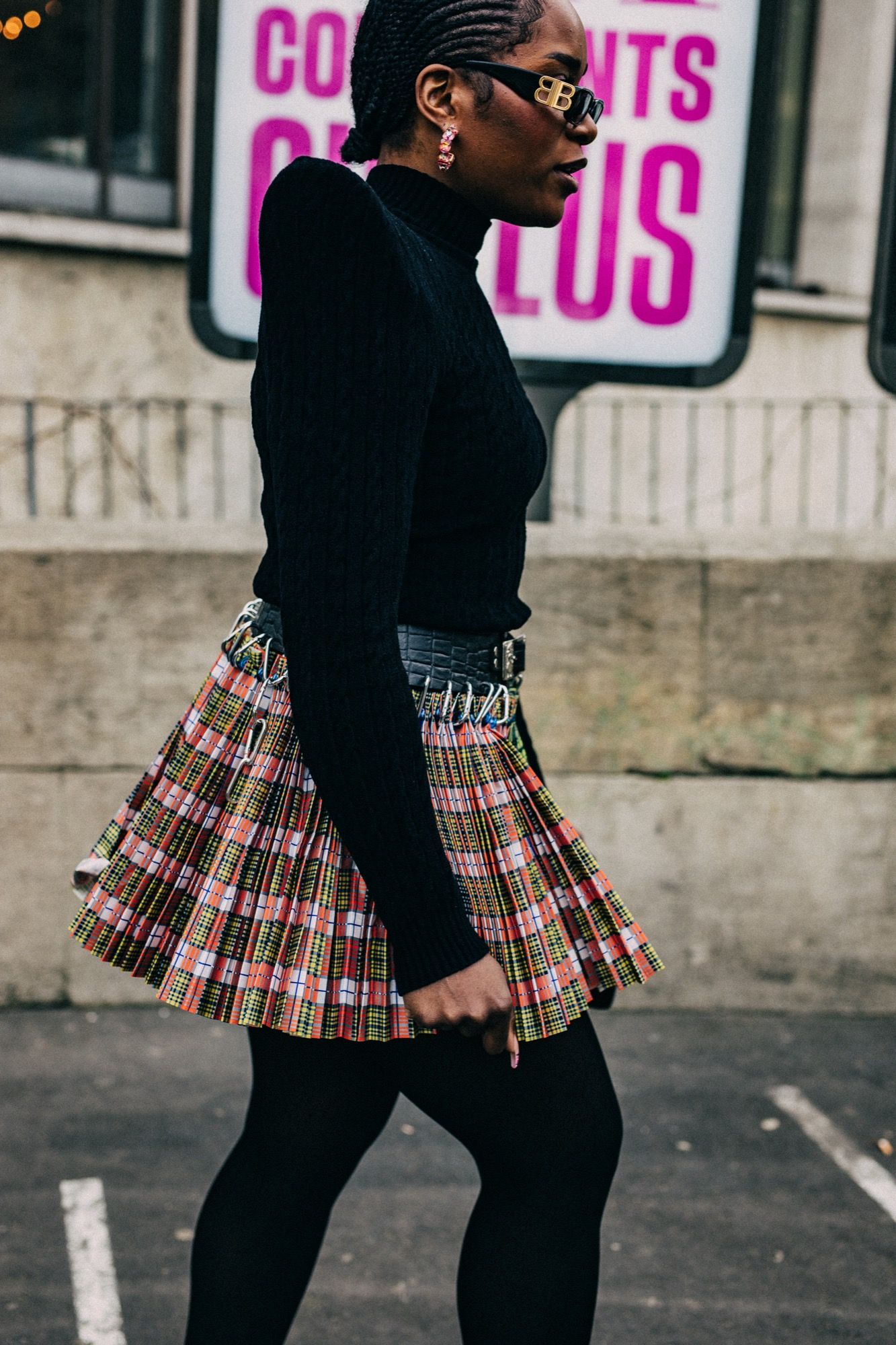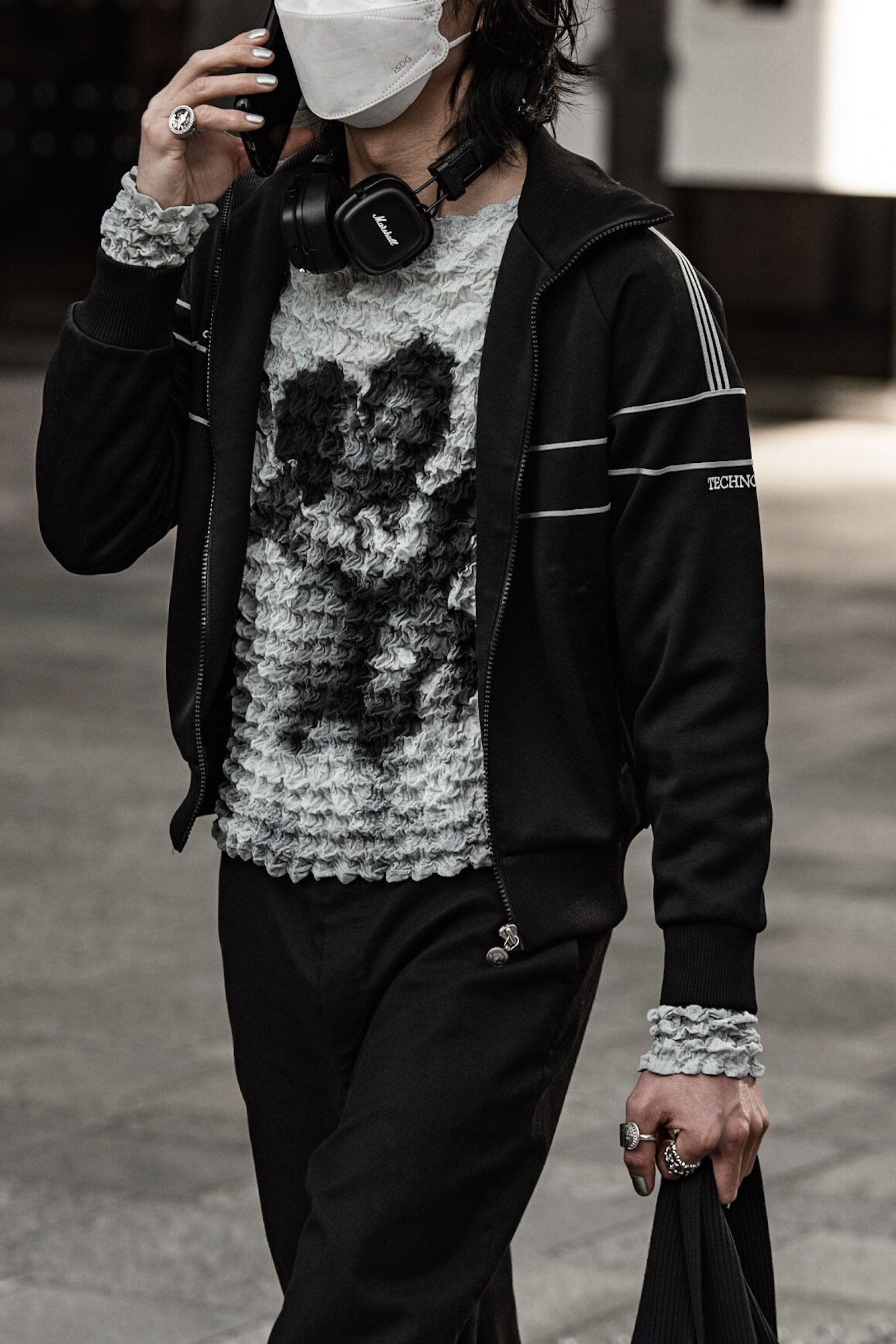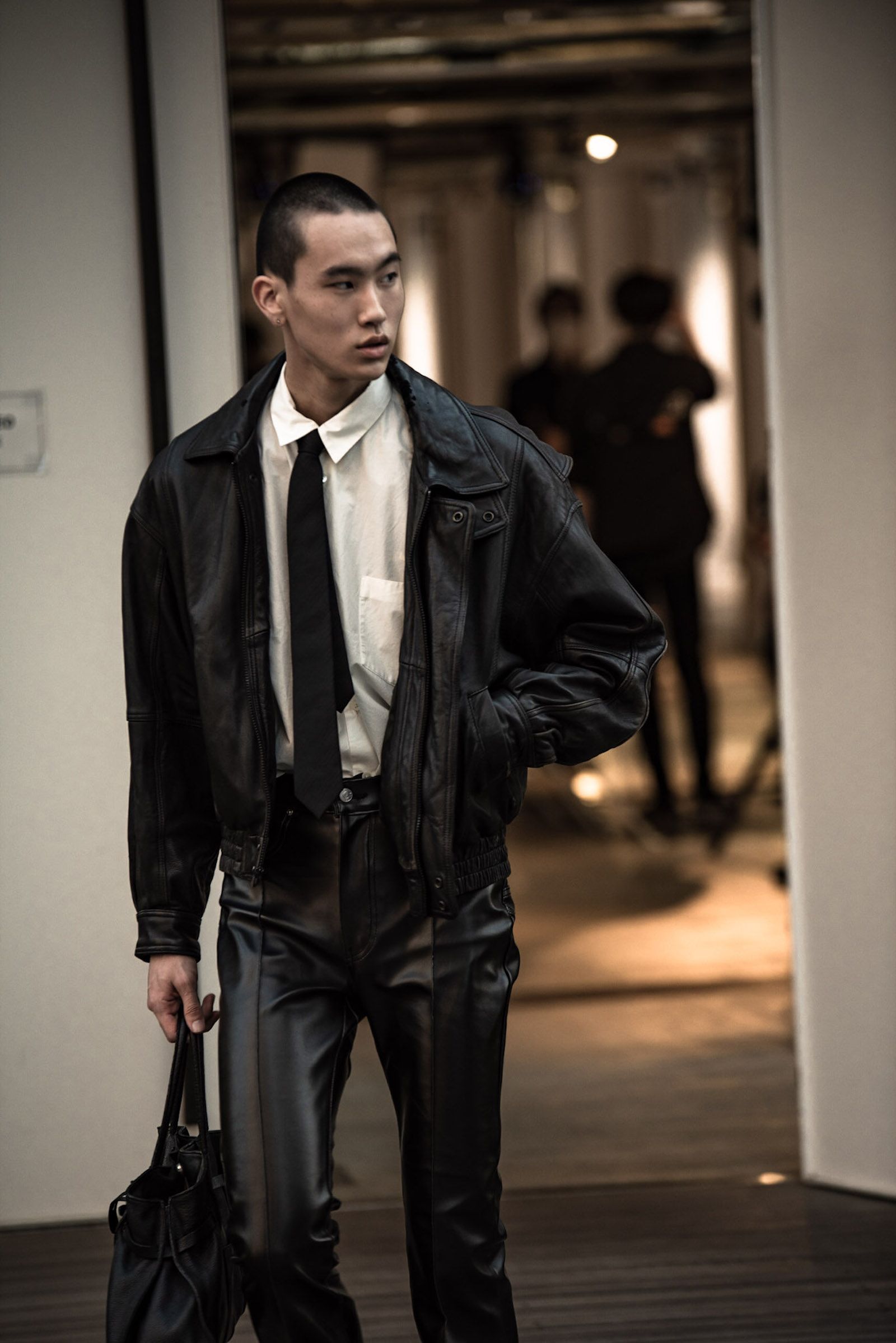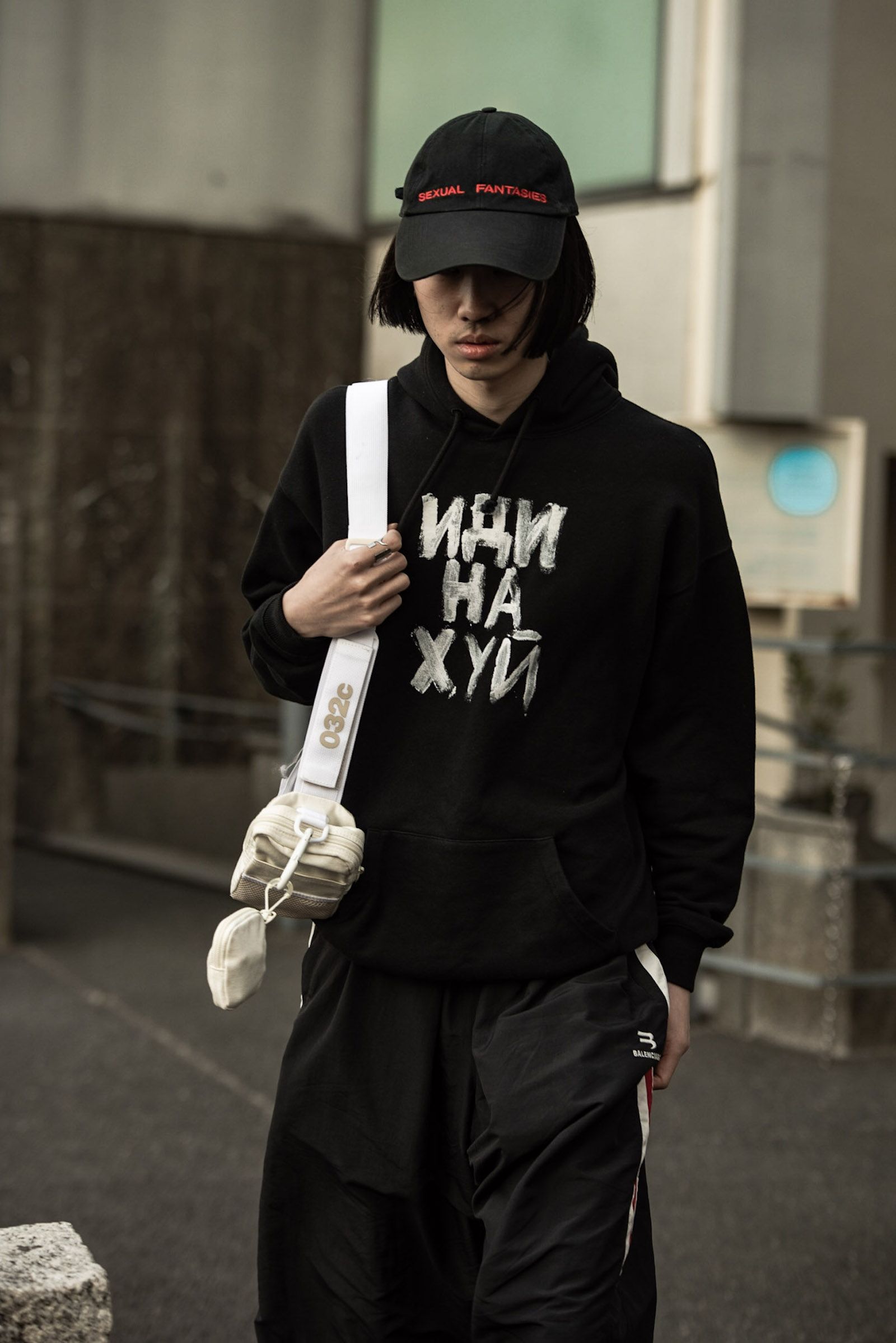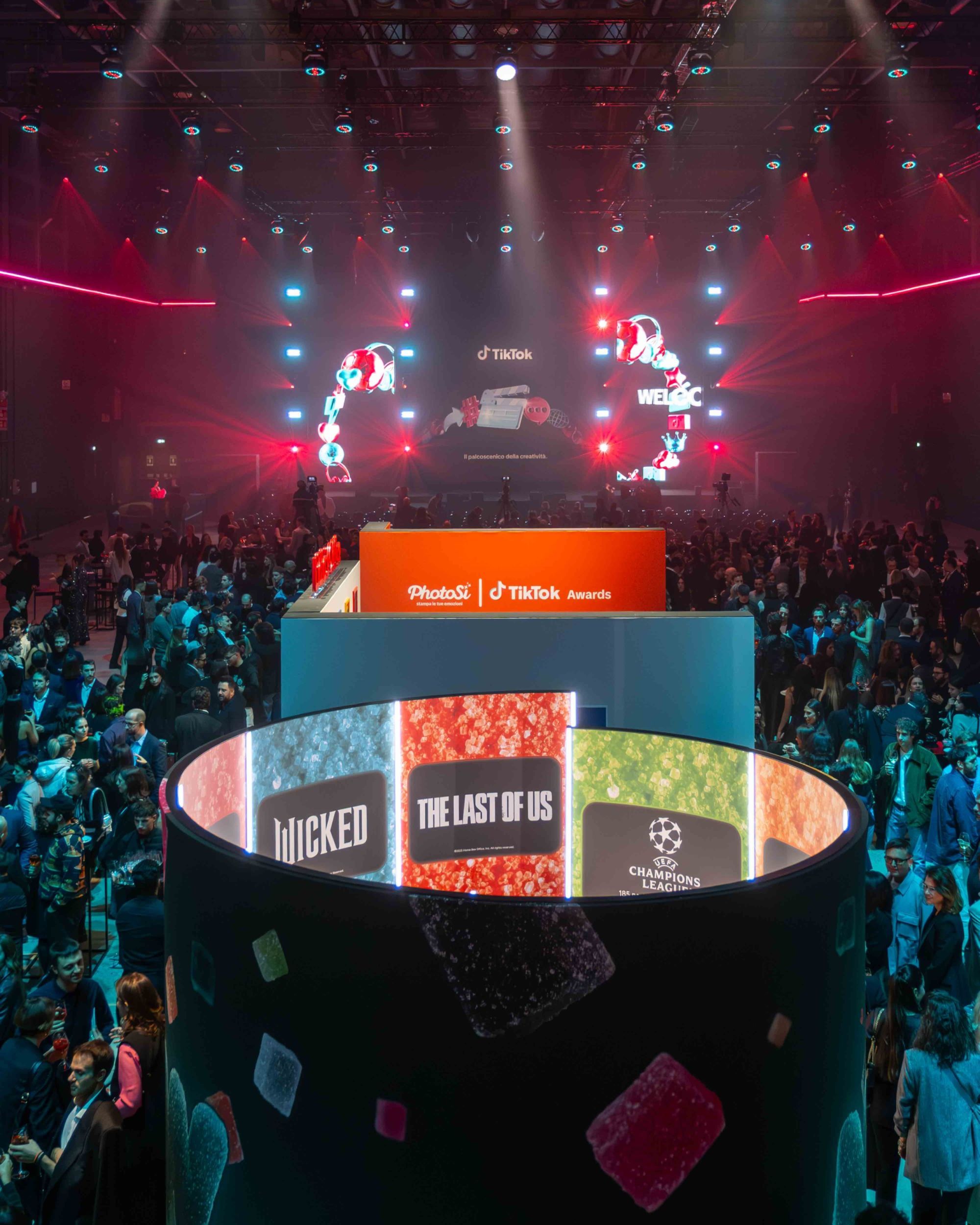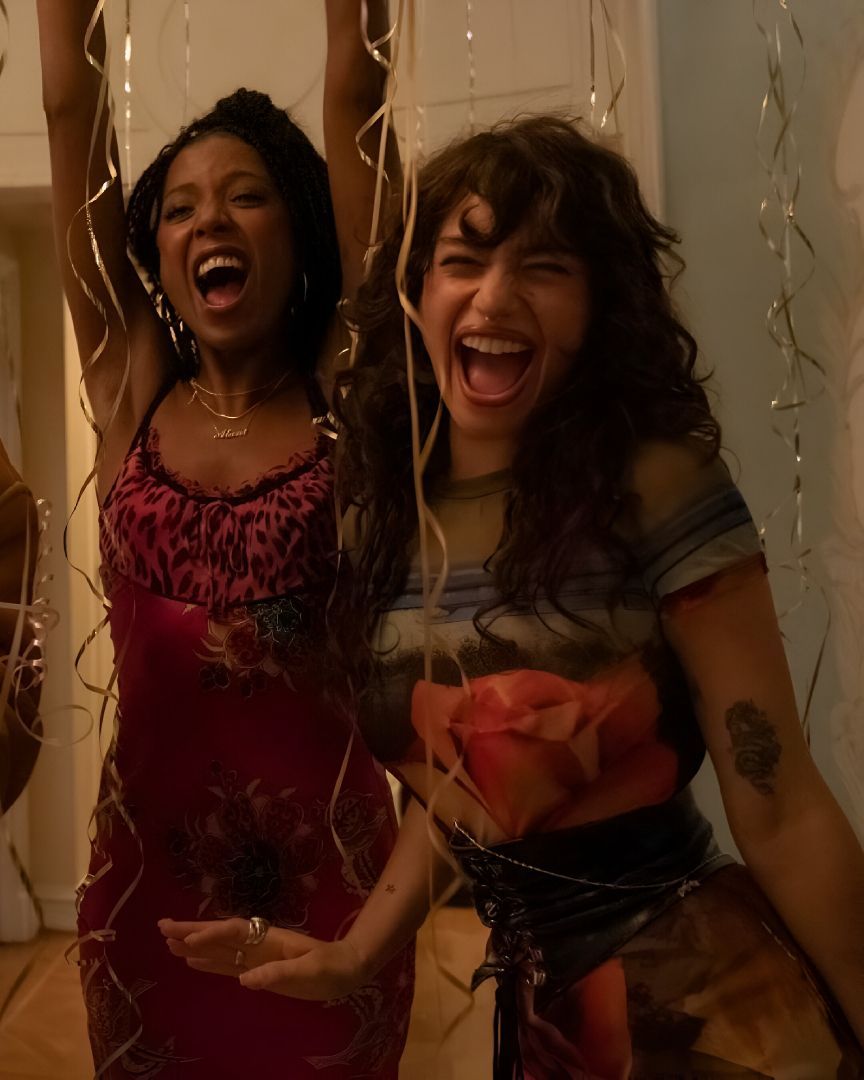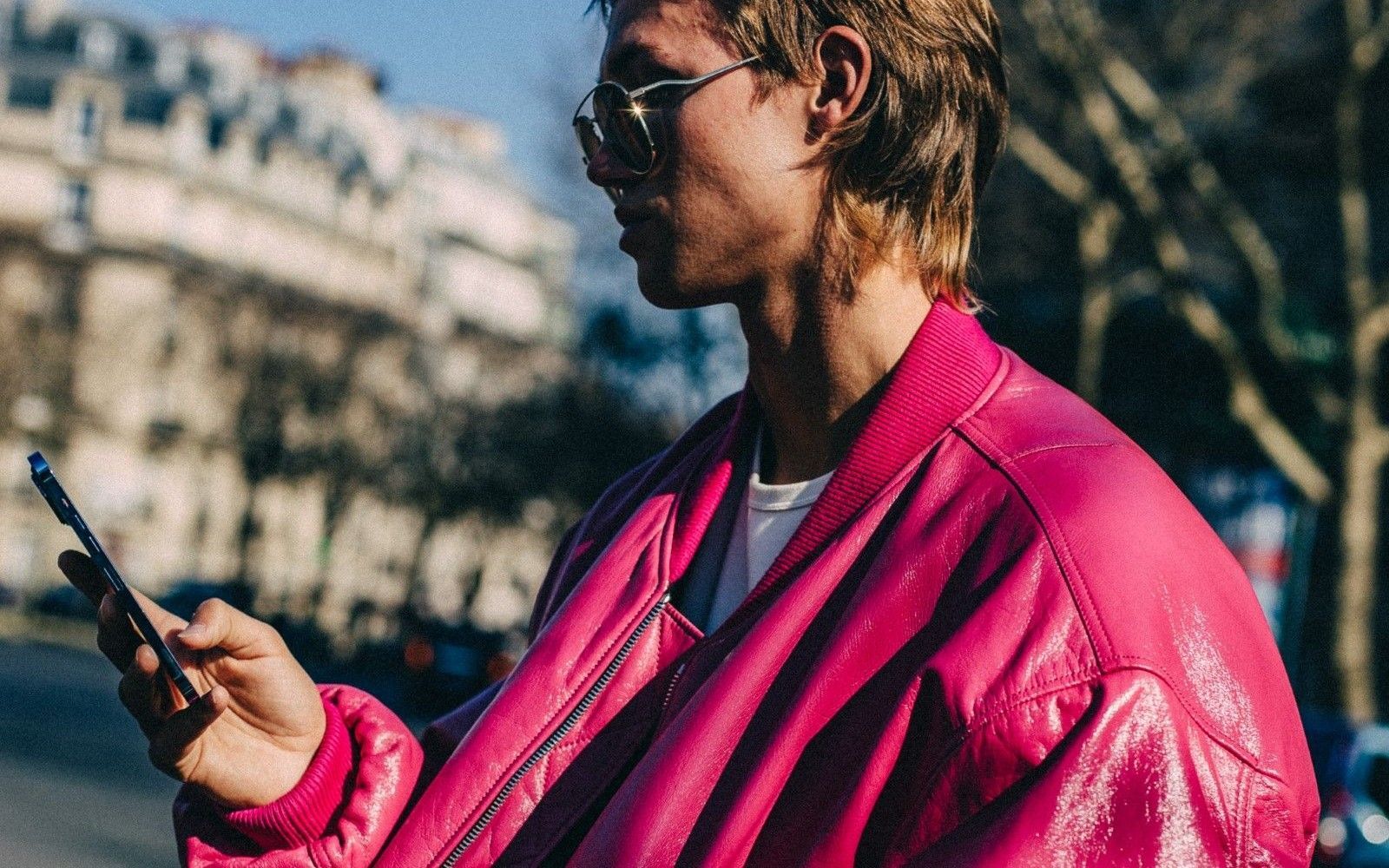
Are alternatives to fashion schools emerging on social media? How content creators are are turning out to be real training courses
Which is the right way to work in the fashion industry is a question that many people have always asked themselves and that has not yet found an unequivocal and universal answer. Among the various questions that are asked to friends as well as experts, there is one that constantly returns over time and it is the one that concerns the path of study. If the stories of big names such as Jean Paul Gaultier and Giorgio Armani show that schools are a relatively new context and those of Glenn Martens or Virgil Abloh teach that the important thing is to bring a new point of view to the sector, there are many boys and girls who in recent years have found schools to be the only reassuring outlet in view of a future job rather than a compulsory passage for learning issues. Then there was the lockdown and something happened: social media became the new and more democratic source of information.
As creatives in the industry started talking about what they loved most on Instagram in an effort to reinvent their work, the bedrooms of TikTok users turned into classrooms. What happened is that creators started sharing their design knowledge, styling techniques and trend or runway analysis, as well as going over iconic moments in fashion history and reviewing the best outfits from the red carpets. To check it out, search the app for #studyingfashion and #fashionclass or #fashionhistory, #fashiondesign and any other hashtag that comes to mind when thinking about what you might learn in a fashion school. As for the international scene, @FashionBoy has launched a series of styling and design tips titled Fashion School. Other names to follow are those of Mandy Lee, trend analyst and writer, and of Summer Lee, fashion historian and curator.
In Italy, Claudia Potycki comments on fashion shows, answers questions from her 35,000 followers about the dynamics of the sector, reports curiosities about fashion magazines or emerging designers and illustrates some trends; in the meantime, she has created a collection in 2000s style and shared a small making of it. There are also those who deal with transversal themes such as Rosie Harte (@theroyalwardrobe), which reveals all the backstory on the royals, going from the Victorian era to Lady Diana, or as Noemi Tarantini (@etantebellecose), which recounts the interactions between art and fashion to over 28 thousand followers: among its contents are video essays on the collaborations of brands with artists, "come with me" dedicated to openings and exhibitions or connections such as that of Zendaya's Balmain wet look with the statues of the Parthenon by Phidias. So it's not only Gen Z exponents who are trying their hand at content that is proving to be a real training short-course, but also many industry insiders and even some teachers.
And if to learn how to design, sew and combine a collection on TikTok there are video tutorials, pattern cutting course and professional «how to style» speaking of fashion resource, named after a hashtag with over 360 thousand views, even giving advice on platforms to consult has gone viral. From must-read books to online museum archives and from apps like Vogue Runway to the Youtube channels of HauteLeMode and The Fashion Archive, passing through Business of Fashion and meme accounts, the only rule, as @BeaProjet, è sempre «don’t use Pinterest». Summing up, the impression is that anyone today could learn everything there is to know about fashion, from practical skills to historical knowledge. Everything suggests that social media, and especially the iconic platform of the post-pandemic period, have plenty of assets if not to replace fashion schools at least to run for the title of alternative.
There are at least three reasons to consider TikTok's content, which in turn links to Instagram and Youtube, as a sort of training course. The first is economic: the main problem with fashion schools is that you need a lot of money to attend them. It's not just a matter of paying high fees, which tend to increase, but also of being able to afford the cost of living in a given city along with many other expenses, all in order to receive tools and resources that you now have a good chance of finding on social media. This doesn't mean that one shouldn't invest in one's studies: it's just that, if someone couldn't afford it, by following the right profiles they could catch up, receiving the inputs they need to know the history of fashion, watch recommended documentaries and buy the right books, even getting to contextualize a fashion show or a trend. All with an intuitive and instantaneous approach that may seem absurd to Gen-X and early Millennials, but is that of Gen-Z.
Add to this that, in general, if there is one indisputable thing it is that digitization gives the possibility to study or work wherever one wants. Whoever lives in a decentered area can now learn from an American editor and at the same time from a Korean creator, nobody has to leave a job they need or the habits they care about to go to London or Milan. It's also worth considering that when the pandemic reopened the discussion about the need to live in a fashion capital to work in the industry, the new generation proved to have no doubts: the editors, stylists and designers of tomorrow just want to get out of the productivity culture loop, opting for a healthier approach to work and valuing their own territory. For those who think this way, the #learningfashion option is the ideal scenario. In such a scenario, the problem arises from the idea that it is a purely passive learning, which does not include interconnections with others.
And if thinking about these unusual online lessons the first thing that comes to mind is the lack of a social dimension, it's important to remember that TikTok has revealed itself to be the social of communion and sharing: there is a great component of interaction, which emerges when the requests of followers to replicate a format or to return to a theme are heard, which follows the dynamics of Gen-Z. How can we forget all the achievements made by a generation that has demonstrated an unprecedented mastery of media? In 2019 alone, Roisin Lanigan writes in i-D about the pros and cons of fashion schools, «as tuition has soared, social media has become an increasingly substantial alternative to traditional education - perhaps beating it for the access to audiences and industry contacts it offers». Three years and a pandemic later, we know full well how many things have evolved further in the direction of social media as networking tools and sites of cultural exchange, from Instagram live with fashion week explainers to bedroom sets.
Whether social media is the future of fashion education is unknown: following online should not be a reason for isolation, as it is necessary to find a balance in the use of social media as a sharing tool. Despite the fact that in a digital dimension many features typical of any training path are missing, what is certain, however, is that should an aspiring stylist, editor or designer want to learn as much as possible in order to lay the foundations of his or her career, he or she would have an excellent opportunity to start whatever his or her story may be.














































